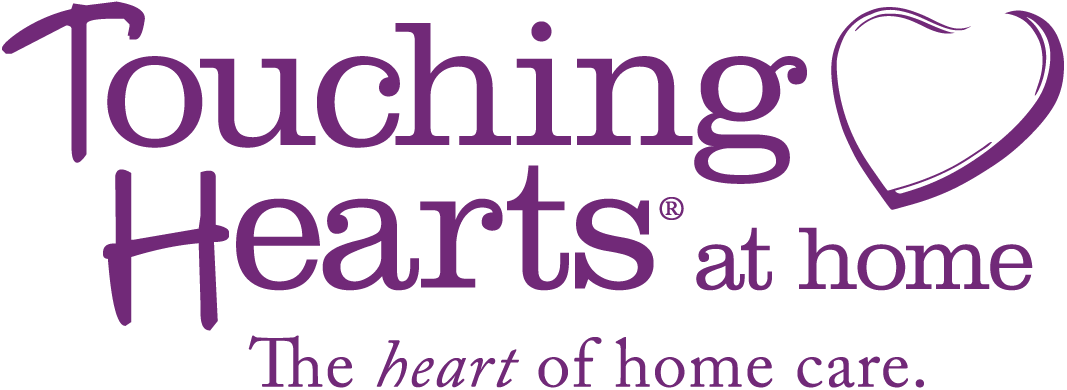As one of the most essential yet strained segments of healthcare, the direct care workforce is not […]
The nursing shortage continues to expand, with the U.S. expecting 194,500 registered nurse openings annually for the next decade. A growing population of older adults, a rise in chronic health conditions, and the retirement of seasoned nurses drive this demand. At the same time, educational programs face challenges in graduating enough new nurses.
Closing this gap calls for intentional, innovative solutions, like creating a workplace culture that supports retention, embracing technology to boost efficiency, and forming meaningful partnerships to expand resources. Taking steps now allows you to manage current challenges and lay a stronger foundation for the future.
Current state of the nursing shortage
Experts predict 42 states will face nurse shortages by 2030, though the severity varies widely. Some areas experience acute deficits, while others see surpluses.
Regional disparities
The states projected to experience the biggest nursing shortage by 2036 are:
- Georgia - 29%
- California - 26%
- Washington - 26%
In California alone, meeting demand will require over 106,000 additional nurses. Texas and North Carolina also face alarming shortfalls, with gaps of 32,100 and 31,350 nurses, respectively. High population numbers, an aging demographic, and increasing healthcare needs contribute to these shortages.
While California needs more trained caregivers, Georgia’s situation is even more urgent because they have the largest percentage gap between the need and availability. With fewer nurses available to care for patients, facilities in the state may face steeper challenges in maintaining quality care and managing workloads.
Meanwhile, North Dakota and South Dakota are projected to experience surpluses of 42% and 39.6%, respectively, thanks to effective workforce planning and smaller populations. Utah and Minnesota are also in stronger positions.
However, these states aren’t immune to challenges. Rural organizations often struggle to attract and retain new nursing talent, as many graduates gravitate toward urban areas with higher salaries and better career prospects. This leaves rural facilities understaffed despite serving older populations with complex health needs.
Impact on agencies and senior living communities
For home care agencies and senior living communities, the shortage translates into increased workloads, higher turnover rates, and challenges in maintaining quality care. Agencies in rural areas are especially impacted, as they often lack the resources to compete with urban facilities for talent. The ripple effects of understaffing can cause assignment delays, caregiver burnout, and even business closures in extreme cases.
Understanding key drivers behind the shortage
Identifying the root causes of the nursing shortage can help you develop effective strategies to address it. These include:
- Burnout and retention issues
Emotional exhaustion remains one of the top reasons nurses leave the profession. Long hours, high-stress environments, and a lack of resources leave many nurses feeling overwhelmed. Offering mental health resources, flexible scheduling, and peer support programs can ease some of these pressures, improving retention and morale.
- Limited educational opportunities
A lack of faculty, clinical training sites, and funding often constrains nursing programs. This bottleneck leaves many qualified applicants unable to enroll. Expanding training opportunities and investing in educator development can help overcome these obstacles and grow the nursing workforce.
- An aging workforce
As experienced nurses retire, the pipeline of new talent isn’t keeping pace with demand. This creates a gap in numbers and expertise, leaving agencies scrambling to fill roles with qualified candidates.
Practical solutions for post-acute senior care organizations
While the nursing shortage is a complex issue, there are actions you can take now to strengthen your workforce and improve retention.
Foster a supportive workplace culture
Creating an environment where nurses feel valued makes a huge difference. Recognize achievements, encourage open communication, and provide resources that promote mental well-being. Peer support programs can foster connection and reduce feelings of isolation among staff.
Establish mentorship opportunities
Pair experienced nurses with newer hires to help them develop skills, feel supported, and build confidence. Mentorship benefits everyone involved — new staff feel guided, while seasoned nurses stay engaged by passing on their expertise.
Partner with nursing schools
Collaborate with local nursing programs to create a pipeline for future talent. Offer clinical training opportunities to students in exchange for early recruitment access. This way, students gain hands-on experience while your agency or community builds relationships with potential hires.
Embrace accessible technology
Mobile-friendly platforms like CareAcademy provide engaging, comprehensive training that equips your staff to handle the challenges of caregiving. Investing in professional development shows your team that their growth matters, boosting skills and morale.
Additional solutions
Here are a few caregiver recruitment tips to attract and retain top talent:
- Use social media to run targeted online ads and posts to highlight flexible schedules, salary insights, and a supportive workplace.
- Make applying easy with mobile-friendly forms, quick response times, and clear communication about next steps.
- Share stories from current staff, promote mentorship, and emphasize work-life balance to attract caregivers who value supportive environments.
Evidence-based strategies to address shortages
Agency-level changes can make an immediate impact, but addressing the larger problem requires systemic shifts. From policy reform to workforce initiatives, these strategies can help create a more sustainable future for nursing.
Policy changes
Implementing patient-to-nurse ratio laws can improve working conditions and reduce burnout. These regulations ensure that nurses aren’t overwhelmed by excessive workloads, allowing them to provide better care and maintain their own well-being.
Diversity and inclusion
Recruiting from underrepresented groups into nursing roles can diversify the workforce and expand the talent pool. Creating inclusive environments and addressing barriers helps create a workforce that reflects the communities it serves.
Financial incentives
Offering scholarships, grants, and loan repayment programs can attract new nurses to the field. These incentives make nursing education more accessible and reduce the financial burden on students, encouraging more people to pursue careers in healthcare.
Workforce initiatives
Programs like the CAREer Path Initiative help agencies attract, train, and retain caregivers by offering clear career advancement opportunities. Through accessible, state-compliant training programs, caregivers gain skills to grow professionally, while agencies build a stronger, more skilled workforce. This initiative supports the direct care profession by creating sustainable pathways for growth and addressing workforce challenges effectively.
Take steps toward change
Every effort you make today to support your staff, improve recruitment, and advocate for progress contributes to solving the nursing shortage. Start by evaluating your current approach to retention and recruitment. Identify gaps, set clear goals, and implement strategies like mentorship programs, partnerships with nursing schools, and professional training initiatives.
These steps address immediate challenges and position your organization for long-term success. Discover how CareAcademy can support your efforts with tools designed to build a capable, confident workforce by starting your free trial today.






